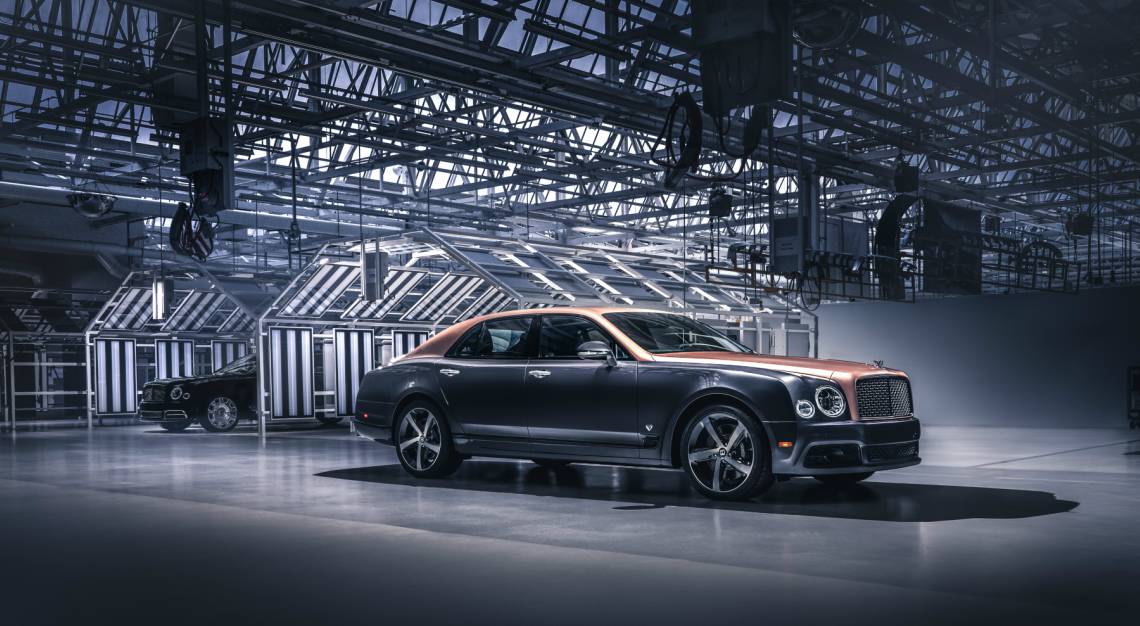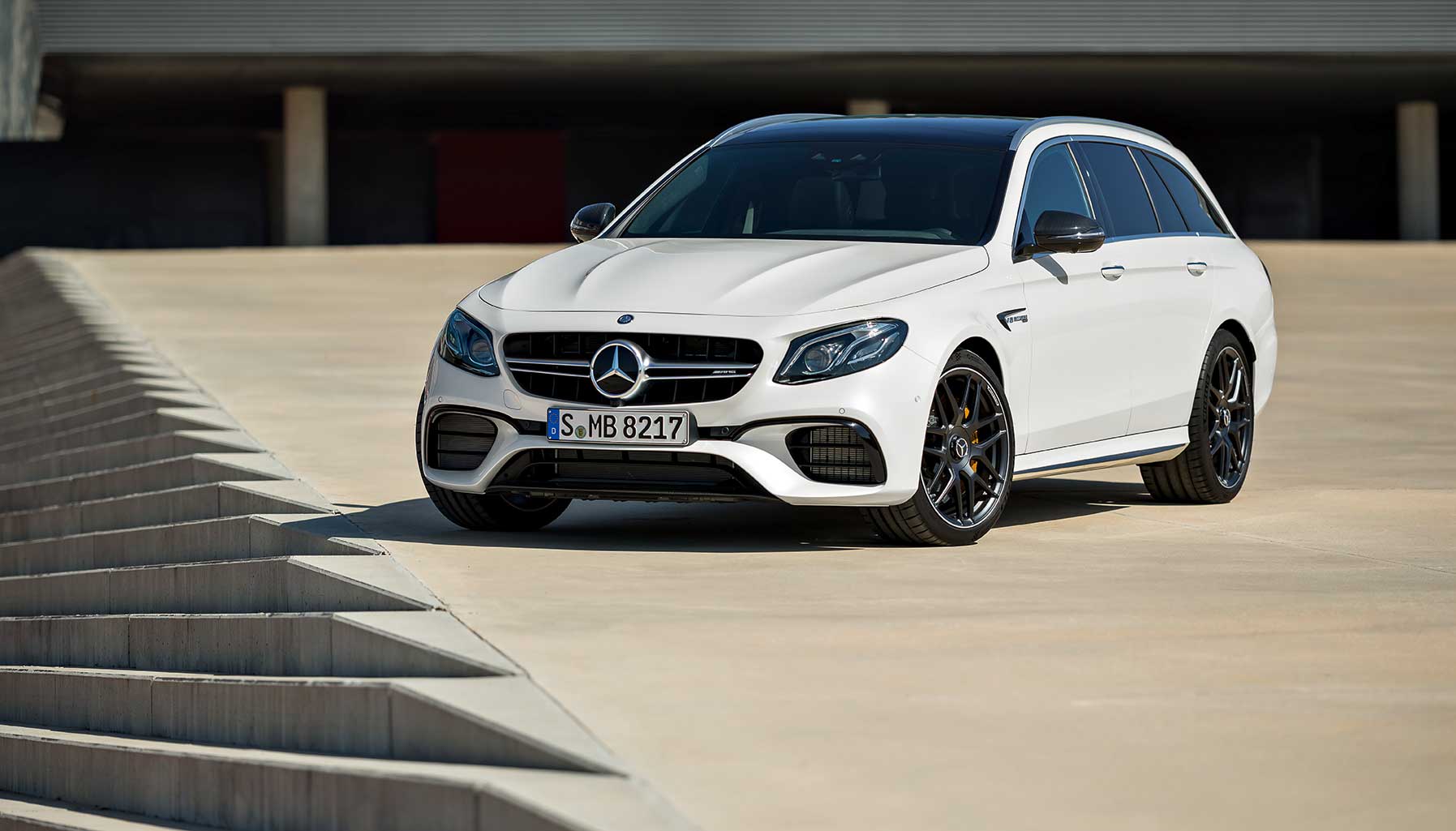Its 6.75-litre V8 engine, too, will be discontinued along with the Mulsanne
The phrase “end of an era” is probably one of the most well-worn cliches around, especially when it comes to cars, not least because it’s so well-worn, but also because, well, never say never again. You never know when it might decide to make a (triumphant?) return and all that.
But for now, at least, it’s the end of an era for the Bentley Mulsanne, because the last two examples (more on that in a bit) have just rolled off the assembly line at Crewe.
The particular one, the second-last Mulsanne that will ever be made, is destined for a US customer, and is finished in a two-tone slate grey/rose gold exterior colour. It’s also one of the run-out models of the Mulsanne, of which just 30 will be built.
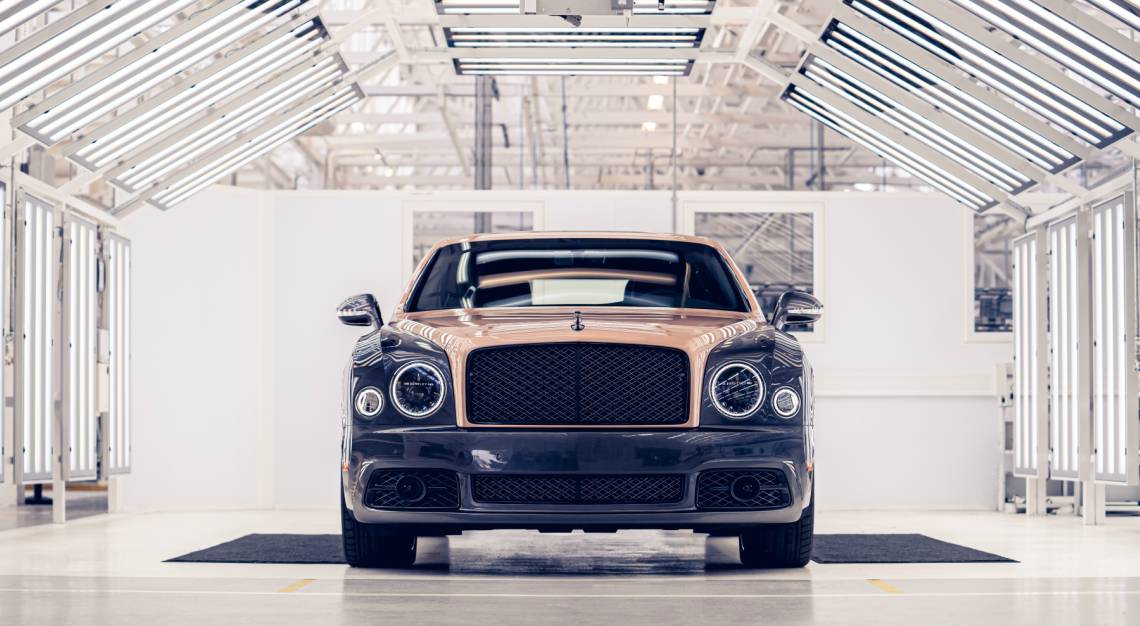
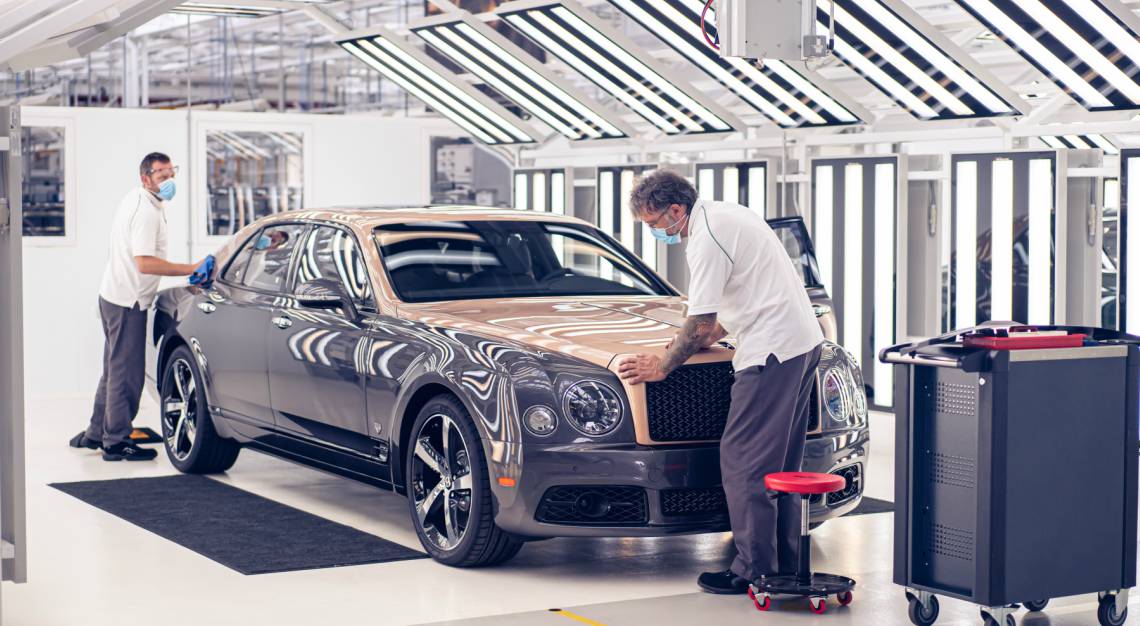
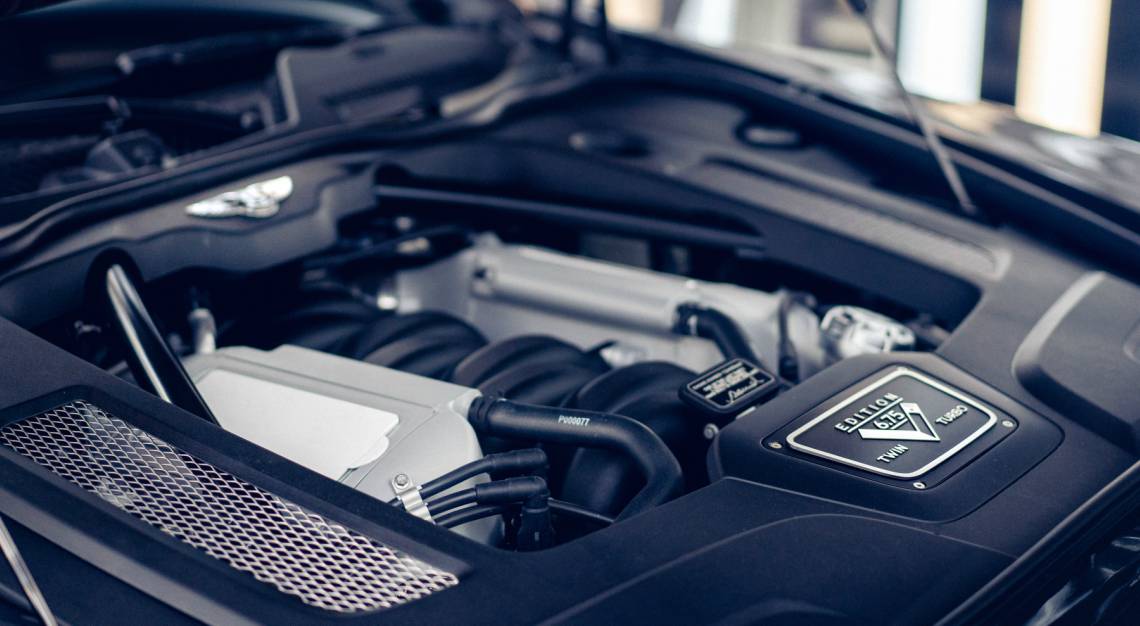
The last Mulsanne’s fate is unknown for now, with Bentley teasing “its future home remains a closely guarded secret”. Our money is on it finding its way into Bentley’s museum to be preserved for posterity.
Making its debut in 2010, the cessation of the Mulsanne’s production isn’t so much the exit of Bentley from the traditional, plus-sized, ultra-luxury limousine space, effectively putting the Rolls-Royce Phantom in a club of just one (two if you count the even-longer wheelbase variant), but it’s also the swansong of the British carmaker’s mighty 6.75-litre V8 engine.
That engine – the L-series for all you Bentley nerds – has been in continuous production since the ’50s and also used on a multitude of Rolls-Royce models, in a time when both companies were merged.
After the two carmakers went their separate ways in the late ’90s, with Rolls-Royce having been acquired by the BMW Group and Bentley by the Volkswagen Group, only the latter continued to use the eight-cylinder motor.
Interestingly enough, the V12 motors powering the Phantom and Cullinan also have 6.75-litre displacements, but we digress.
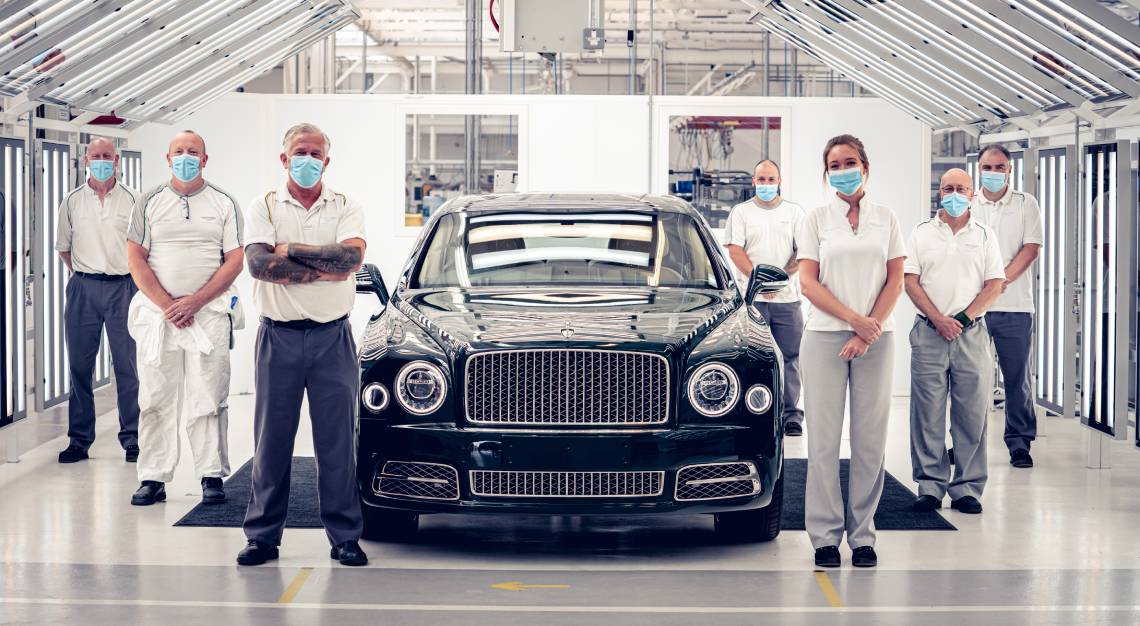
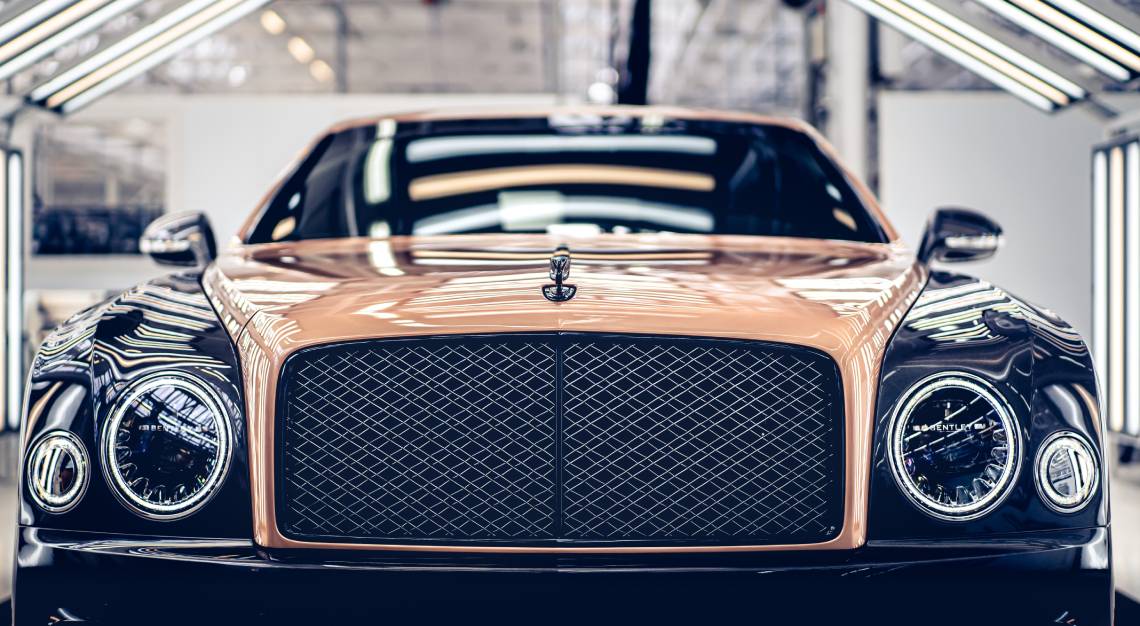
Anyway, the more cynical will argue that Bentley’s 6.75-litre V8 bears little resemblance to the original, and this much is true. It has a pair of turbochargers strapped to its side, has variable cam phasing, cylinder deactivation under light loads and lightened internals.
However, even the hardest-nosed in the audience will agree the engine is a colossal thing indeed. And we’re not just talking about its displacement. The one fitted to the Mulsanne Speed develops ‘just’ 537hp and ‘only’ revs to a diesel-like 4,500rpm, but it has 1,100Nm available at its disposal from 1,750rpm. All that, mind you, without the aid of a hybrid system.
But even when it made its debut in 2010, there were already rumblings its engine wasn’t long for this world. Ever-tightening emissions laws have made it such that the writing was on the wall for Bentley’s hallowed ‘six-and-three-quarter’ V8.
And the culling of the Mulsanne from the lineup is also perhaps a sign people aren’t buying as many limousines as they once were, with the breed having long ago been supplanted by the SUV.

As of now, just one four-door exists in the Bentley lineup, the recently-launched Flying Spur, which will have to pull double duty as both the carmaker’s flagship limousine and more practical counterpart to the Continental GT.
This also comes amid some drastic job cuts at Crewe, with Bentley looking to lay off a quarter of its 4,000-strong workforce, mostly as a result of its bottom line being ravaged by the ongoing COVID-19 pandemic.
Still, there is some hope. In the coming days, Bentley will be launching the updated Bentayga SUV, a car that Crewe is no doubt pinning a good deal of hope on for its revival. And that’s one era Bentley is most certainly hoping won’t come to an end so soon.
